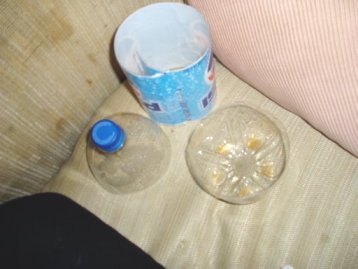
1b lay the center portion out flat (youíll need to hold it down) and recycle or discard the ends.

|
1b lay the center portion out flat (youíll need to hold it down) and recycle or discard the ends. |
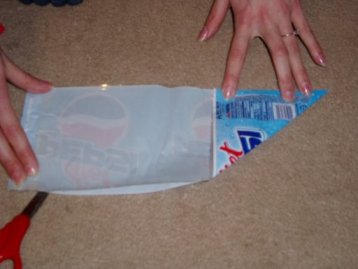
|
2b cut along the left edge of the triangle to create the square. Repeat 2a and 2b for multiple squares if your bottle size allows and your brain wants you to. |
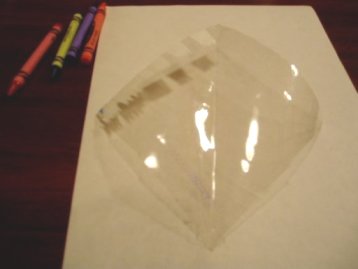
|
3b open into a square. Here I would recommend touching up to make as perfect a square as possible. |
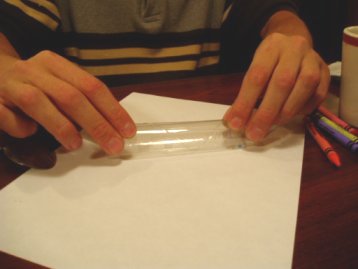
|
|
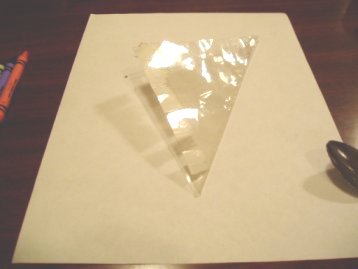
|
5b Fold this triangle in half across itís center line (from pointy corner to pointy corner). |
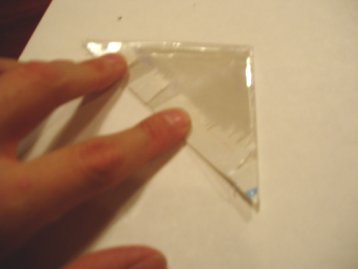
|
|
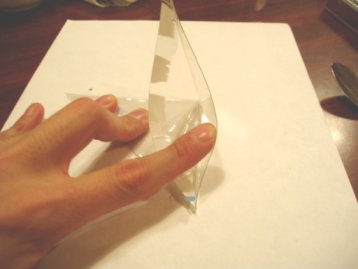
|
7b Open the top layer. |
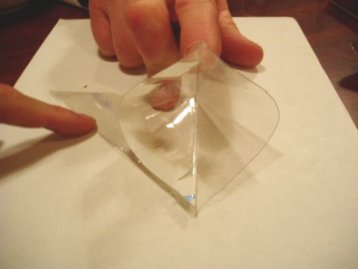
|
|
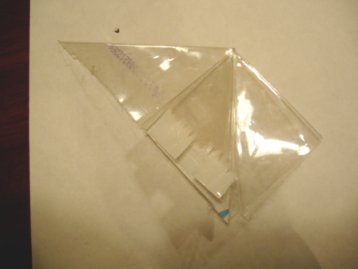
|
|
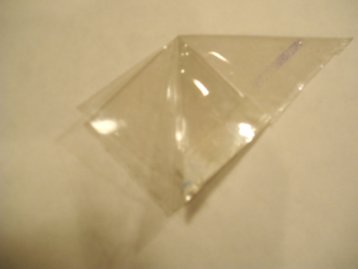
|
|
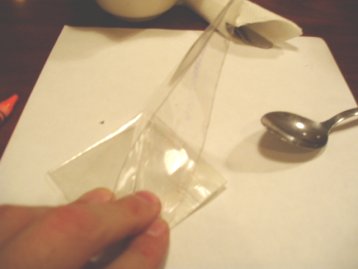
|
|
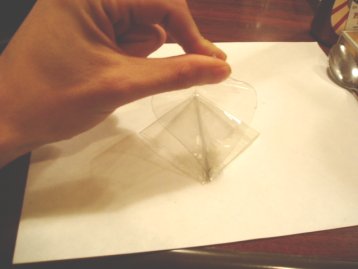
|
|
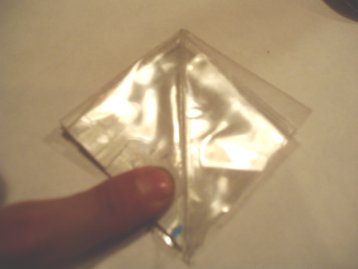
|
|
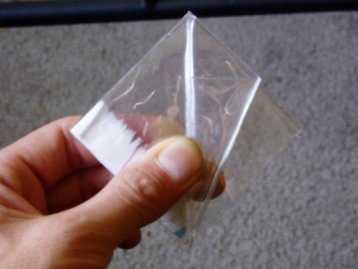
|
|
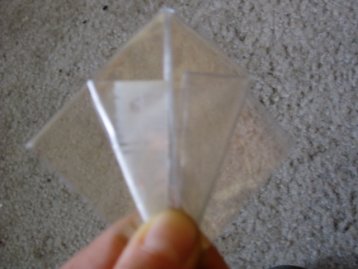
|
|
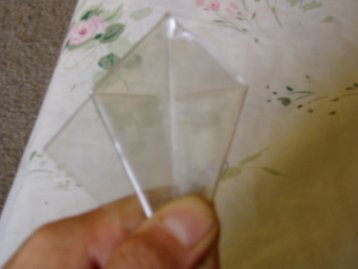
|
16bc Rrepeating 14 and 15, fold your lower right edge to the center line and fold your lower left edge to the center line. |
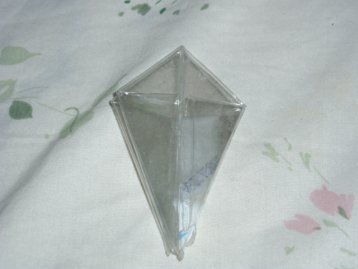
|
|
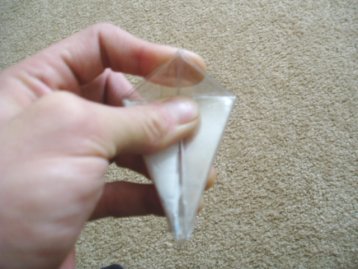
|
|

|
|
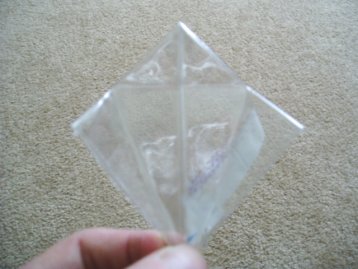
|
|
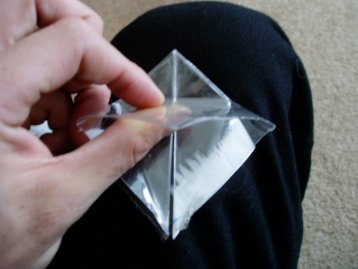
|
|
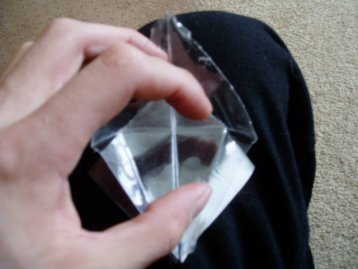
|
|
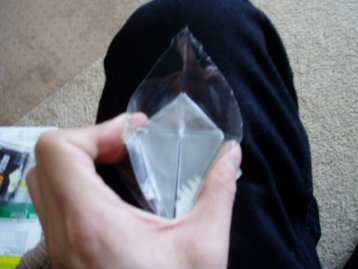
|
|
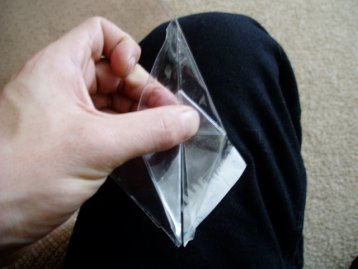
|
|
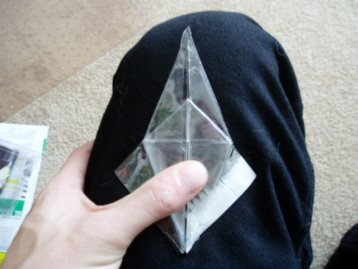
|
|
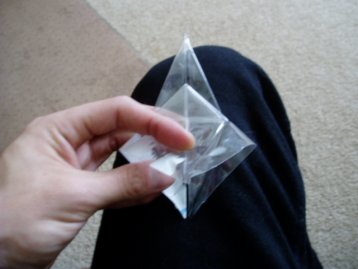
|
|
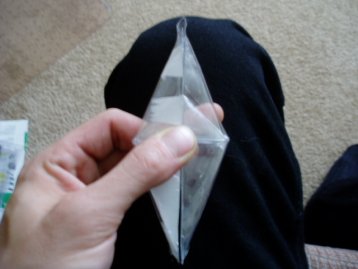
|
|
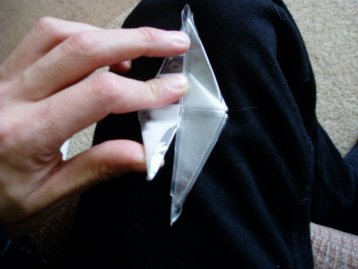
|
|
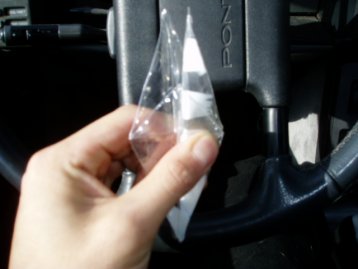
|
|

|
|

|
|
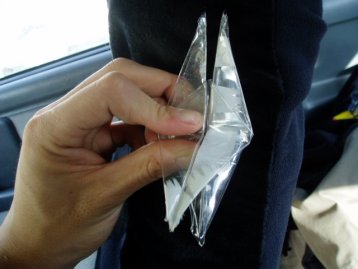
|
|
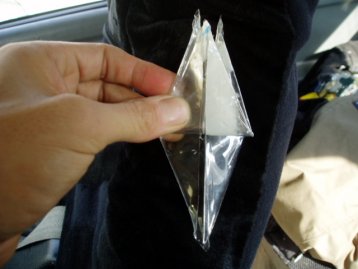
|
|
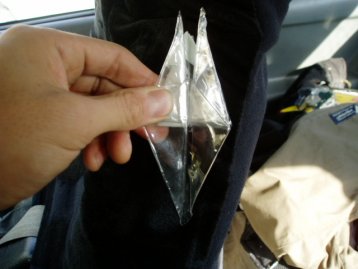
|
|
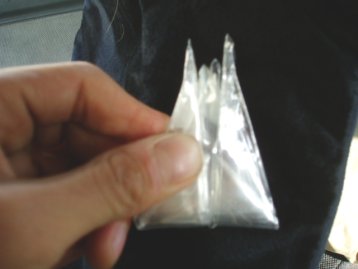
|
|
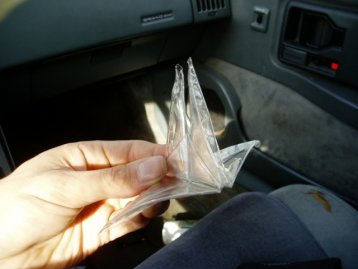
|
|
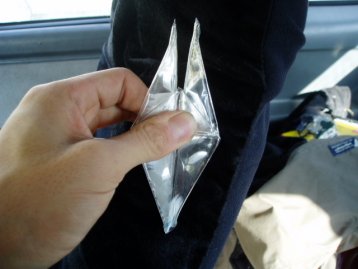
|
|

|
|

|
|
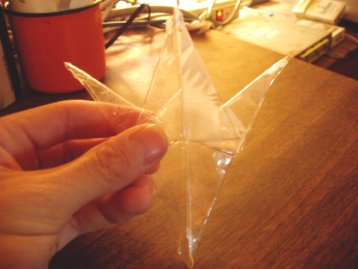
|
|
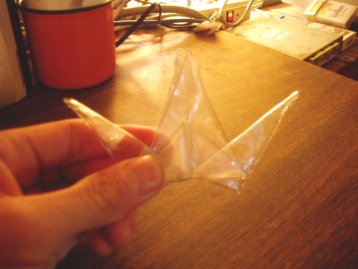
|
|
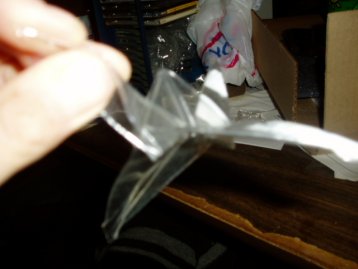
|
|
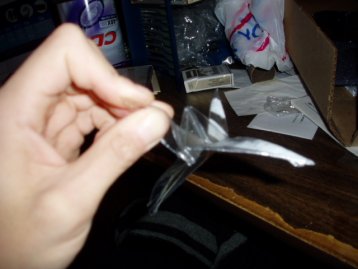
|
|

|
|
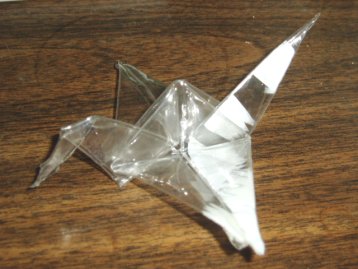
|
|
|
|
|
|